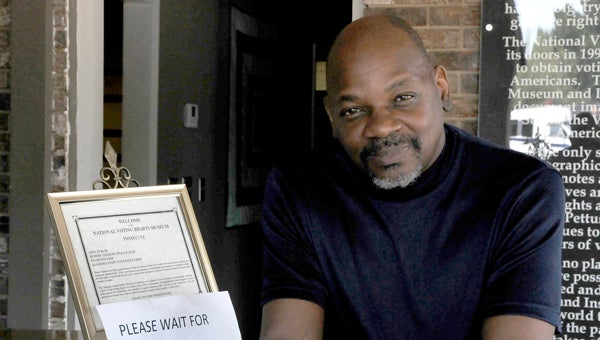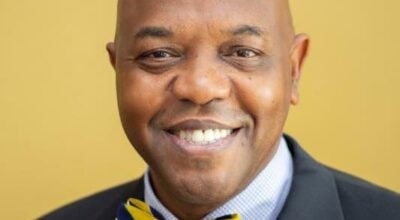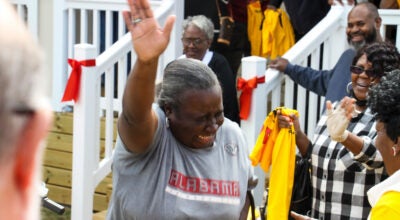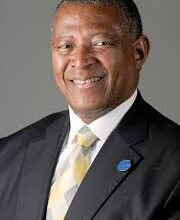Museum to lose another curator
Published 12:27 am Saturday, September 3, 2011

Kevin Hollis, who has been curator at the National Voting Rights Museum for less than a year, recently announced he was leaving the museum because of a lack of funding. -- Desiree Taylor
The National Voting Rights Museum and Institute has seen many changes and has faced many challenges since it’s opening in 1993, and now the museum will face another challenge — losing its curator and archivist.
Kevin Hollis, who came to the museum in the fall of 2010, will leave his position at the end of September citing lack of funding.
The Georgia native took a position as interim manager when former interim executive director Olimatta Taal left her position in April.
“They’ve (the museum) had a year to prepare … to keep this museum open,” Hollis said. “Our tour season is drying up, there’s no more funding, no fundraising efforts; I’m looking at other job possibilities, a couple of positions in Georgia, at universities or overseas. I must find employment.”
Since stepping up as interim manager, Hollis said he and his staff have made significant changes to the facility.
“Before when you’d come into the museum, you’d see a large display case not up to museum or archive standards,” Hollis said. “Now exhibit cases are up to code, protected from UV light and insects. All these things are important.”
Other changes include a new website, quotes from such torchbearers as the Rev. Martin Luther King Jr. and former President Lyndon B. Johnson that align the freshly painted walls at the museum’s entrance, a mission statement emblazoned in a stainless steel cast safely nestled under Plexiglass, and galleries designated to the Dallas County Voter’s League “courageous eight,” President Barack Obama, women’s suffrage, former Dallas County Sheriff Jim Clark and civil rights activist Amelia Boynton Robinson.
Hollis said NVRMI has a wealth of opportunity and has a state-of-the-art facility.
“Each of the galleries tell a story of the whole picture,” Hollis said. “ We’ve built archives from the ground up. We want to make a lot of exhibits interactive … use a 1950s radio that’s connected with motion sensors to trigger speeches by King or Lyndon B. Johnson, use apps (from an iPad). We want to make (history) relevant and we want people to see the past and enjoy the technology. We want to bring history where they (visitors) can be partakers and not just observers.
“With the right people, right vision, right creativity, we’ll attract people.”
Hollis credits current and past employees for the museum’s success.
“It’s a team effort, not just staff brought on with me but support staff that has been here for years, sometimes working long hours without pay or without air (conditioning),” Hollis said. “We have a plaque coming in the next couple of weeks listing all people who’ve made this possible.”
Attempts by the Times-Journal to contact NVRMI board members were unsuccessful.




